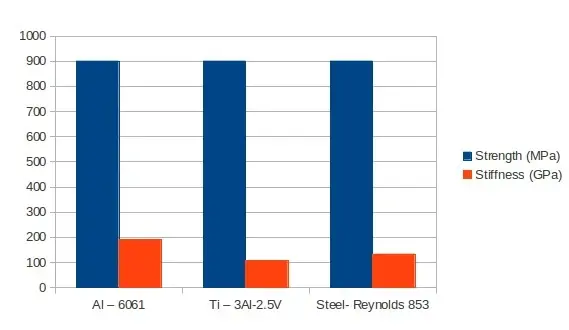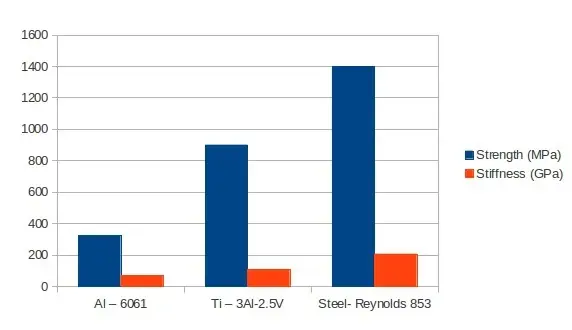The only thing you test on that way is how stiff or soft your wheels are, sorry to say it but you have a lot to learn about frames and how to compare them.
Its very common that people test that way but that don't make it right, when talking stiffens in a frame its not sideways you are loosing energy its on the long side of the bike.
I have even seen that some takes the rear wheel off and presses the rear stay together to see how stiff the stay is and say that a frame is soft, maybe they should focus on the hub/wheel and skewers instead cos that's the real problem, some want light parts but don't want to pay premium price so buy crappy but light and they have the problem.
Best way to compare is on the track where you take a run on 20km and gives it all on all frames and the compare average speed then you have a picture you can use to something and also have an idea what makes your pedaling round also when tiered, the longer your pedaling keeps round and speed are good the more power you get in the gravel so hit the gravel and have fun the same time
Its very common that people test that way but that don't make it right, when talking stiffens in a frame its not sideways you are loosing energy its on the long side of the bike.
I have even seen that some takes the rear wheel off and presses the rear stay together to see how stiff the stay is and say that a frame is soft, maybe they should focus on the hub/wheel and skewers instead cos that's the real problem, some want light parts but don't want to pay premium price so buy crappy but light and they have the problem.
Best way to compare is on the track where you take a run on 20km and gives it all on all frames and the compare average speed then you have a picture you can use to something and also have an idea what makes your pedaling round also when tiered, the longer your pedaling keeps round and speed are good the more power you get in the gravel so hit the gravel and have fun the same time

